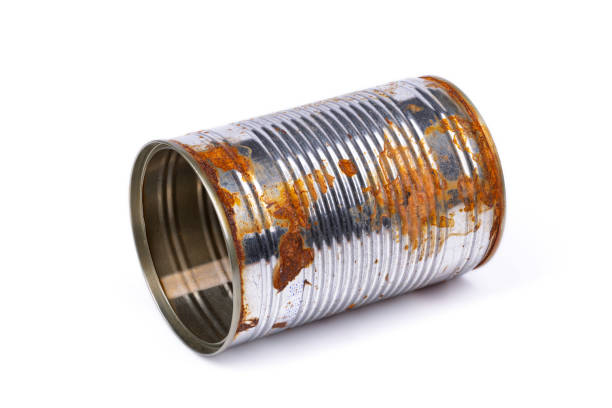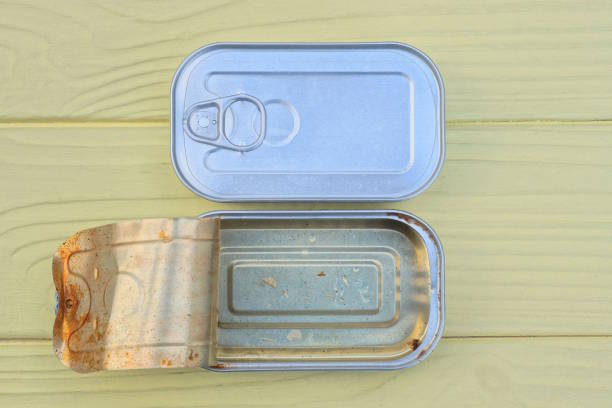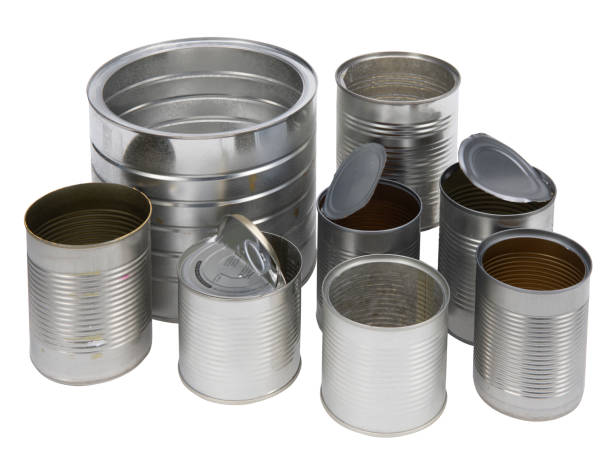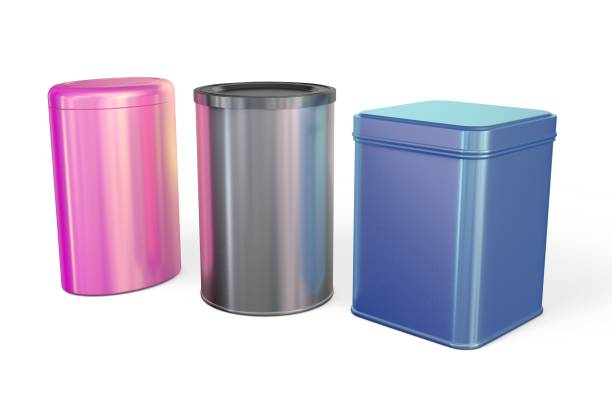Decorative tins are not only functional for storage but also add aesthetic value to our homes. Whether used for packaging cookies, teas, or keepsakes, these tins can serve as cherished items for years. Jedoch, without proper care, they are susceptible to rust, which can diminish their beauty and functionality.
In this guide, we’ll explore the causes of rust in decorative tins and provide detailed strategies to prevent it, ensuring your tins remain pristine for years to come.
Understanding Rust: Does Tin Rust?

A common question arises: Does tin rust? To answer this, it’s essential to understand the materials involved.
Composition of Decorative Tins
Most decorative tins are made from tinplate, which consists of a thin layer of tin coating over steel. This combination offers the malleability of tin and the strength of steel.
Rust Formation
While pure tin is relatively resistant to corrosion, the underlying steel is prone to rust when exposed to moisture and oxygen. If the tin coating is scratched or worn away, the exposed steel can oxidize, leading to rust formation.
Factors Contributing to Rust in Decorative Tins

Several factors can accelerate the rusting process in decorative tins:
Exposure to Moisture
High humidity levels or direct contact with water can initiate corrosion, especially if the tin’s protective coating is compromised.
Physical Damage
Scratches, dents, or other forms of physical damage can expose the underlying steel, making it vulnerable to rust.
Improper Storage
Storing tins in damp or fluctuating temperature environments can promote condensation, leading to moisture buildup and rust.
Age and Wear
Over time, the protective coatings on tins can degrade, increasing the risk of rust formation.
Strategies to Prevent Rust in Decorative Tins

To ensure the longevity of your decorative tins, consider implementing the following preventive measures:
Handle with Care
- Gentle Usage
Avoid dropping or mishandling tins to prevent dents and scratches. Even minor abrasions can compromise the protective tin layer, exposing the steel beneath.
- Protective Barriers
When stacking tins, place a soft cloth or tissue paper between them to minimize friction and potential scratches.
Maintain a Dry Environment
- Controlled Humidity
Store tins in areas with low humidity. Using dehumidifiers or silica gel packets can help absorb excess moisture in storage spaces.
- Immediate Drying
If a tin box becomes wet, dry it thoroughly with a soft cloth immediately to prevent moisture from seeping into any vulnerable areas.
Regular Cleaning
- Dust Removal
Regularly dust tins with a soft, dry cloth to prevent the buildup of grime, which can trap moisture.
- Gentle Cleaning Solutions
For more thorough cleaning, use a mild soap solution. Dampen a cloth with the solution, wipe the tin gently, and dry immediately. Avoid submerging tins in water.
Apply Protective Coatings
- Clear Sealants
Applying a thin layer of clear lacquer or acrylic sealant can provide an additional barrier against moisture. Ensure the tin is clean and dry before application.
- Wax Polishing
Using a soft cloth, apply a thin layer of car wax or furniture polish to the tin’s surface. This not only enhances shine but also offers a protective layer against moisture.
Proper Storage Practices
- Avoid Damp Areas
Store tins away from basements, bathrooms, or kitchens where humidity levels are typically higher.
- Stable Temperatures
Fluctuating temperatures can cause condensation inside tins. Aim to store them in areas with consistent, moderate temperatures.
- Elevated Storage
Keep tins off the ground, especially in areas prone to dampness. Using shelves or cabinets can prevent exposure to potential floor moisture.
Internal Protection for Food Storage
When using tins to store food items:
- Use Liners
Place wax paper, parchment paper, or food-grade Plastik liners inside the tin to prevent direct contact between the food and the tin’s surface. This is especially important for acidic foods that can accelerate corrosion.
- Ensure Dry Contents
Only store completely dry food items to minimize the risk of introducing moisture into the tin.
Addressing Rusted Canned Food and Safety Concerns

It’s crucial to address the safety implications of rusted tins, especially when they are used for food storage.
Surface Rust
If rust is superficial and can be wiped away easily without leaving pitted areas, the tin may still be usable. Jedoch, it’s essential to clean and dry it thoroughly before use.
Severe Rusting
Cans or tins with deep rust, pitting, or holes should not be used for food storage. Consuming food from such containers can pose health risks, as bacteria may have penetrated the compromised areas.
Preventive Measures
Regularly inspect tins for signs of rust. Early detection allows for prompt action, such as cleaning and reapplying protective coatings, to prevent further deterioration.
Abschluss
Decorative tins are both functional and aesthetically pleasing, making them popular choices for storage and decoration. By understanding the factors that contribute to rust and implementing the preventive measures outlined above, you can ensure that your tins remain in excellent condition for years to come. Regular maintenance, careful handling, and proper storage are key to preserving the beauty and functionality of your decorative tins.
Bei Tin Men, we provide extensive Anpassungsoptionen, Dadurch können Unternehmen einzigartige und attraktive Verpackungslösungen entwickeln, die die Markenidentität stärken und Verbraucher ansprechen.
Probieren Sie verschiedene Formen aus, die für Lebensmittelverpackungen und Werbeverpackungen geeignet sind,garantiert Präzision, Vielfalt, und herausragende Qualität in jeder Phase des Prozesses.
Von Accessoires bis hin zu Formen, endet, Drucken, und Handwerkskunst, Blechmänner provides the flexibility to create packaging that perfectly aligns with your brand and product requirements.
FAQs
Does coating with tin prevent rusting?
Coatings like electrolytic nickel, electroless nickel, or tin offer excellent corrosion resistance—provided the coating is thick enough to form a pore-free surface over the steel substrate.
How long does tin coating last?
It entirely depends on how often you use it. With daily cooking, it may last around 3 Monate, but with occasional use, it can last up to a year.
How to clean tin coating?
Soak the item in vinegar to loosen any residue. Avoid using abrasive brushes or sponges, as they can cause damage. After a thorough soak, gently wipe away the loosened debris with a soft sponge. You can also use the spray nozzle on your kitchen sink to rinse off any remaining residue.














